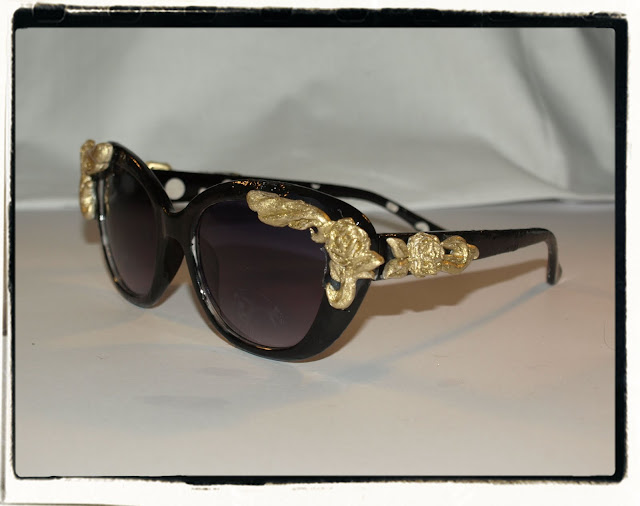With the jumpsuit making many an appearance in spring/summer 2013 fashion, and recycling gaining ever more ground in general relevance and necessity, I thought I'd kill two birds with one stone and teach you how cutting up old trousers and a top can be an easy way to craft your own jumpsuit. Jumpsuits seem like a logical juncture in the light of the huge and omnipresent onesie trend, which has seen many an over-zealous wearer taking them to the streets and beyond the confines associated with conventional loungewear. That's right, kids. Andy Pandy is still your muse and conceptual inspiration, only call me old-fashioned but I prefer to interpret the look in the jump- and playsuit form to glorified sleepsuits!
You will need
A top with a fastening at the back of the neck, the longer the better
Trousers - make sure they're not jersey and that you can get them on without the help of any fastenings. Hareem pants are ideal, as are any trousers that are a size bigger than you typically take
Thread which matches/ compliments your clothes
Sewing machine
Seam ripper
Fabric scissors
Gold gel pen
Patternmaster or graded setsquare
10-20cm elastic about an 2.5cm in width
Pins
Time
1-2 hoursDifficulty
Very easy
I'd say it was about as easy as anything involving sewing can get.Jump to it!
Using your seam ripper, unpick the waistband from your trousers. If they have a fly or any other type of fastening, get rid of that and sew the remaining seams together.
Pin your elastic to the centre back (where there's usually a seam), stretch it out by the same distance at either side so that it's under tension and, using a slightly zigzagging stitch, sew it at the ends and along the length. This pulls the trousers in at the waist once you've slipped them on, so that they don't gape.
Try on the top with the trousers and use your gel pen to mark out where the two meet. Mark at regular intervals.
Join your marks up and use your patternmaster/ graded setsquare to draw a line 2cm below your marks.Cut along that line.
Pin them with the trousers inside the top and with right sides of both garments facing each other. Sew 1cm from the edge.













































